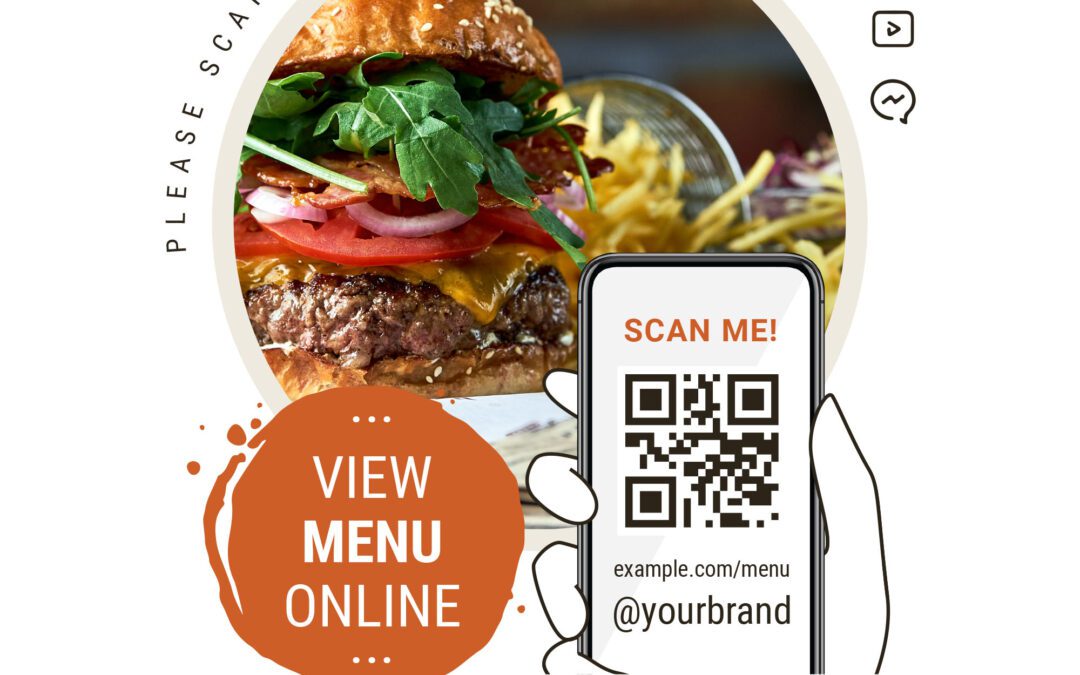QR Codes and Augmented Reality (AR) are two innovative technologies that can be incorporated into printed labels to enhance user engagement, provide additional information, and create interactive experiences.
Here’s an overview of each…
QR Codes (Quick Response Codes):
-
- Functionality: QR Codes are two-dimensional barcodes that can store various types of information, such as URLs, text, or contact information. When scanned using a smartphone or QR Code reader, users are directed to the linked content.
- Application in Labels: QR Codes on labels can link to product information, user manuals, promotional videos, or websites. This provides consumers instant access to relevant content by scanning the code.
- Benefits:
-
- Enhanced Information: QR Codes enable you to provide additional details about your products without cluttering the physical label.
- Promotional Opportunities: QR Codes can be used for promotional campaigns, discounts, or exclusive content, fostering customer engagement.
- Traceability: QR Codes can be utilized for supply chain traceability, allowing businesses and consumers to track the origin and journey of a product.
-
Augmented Reality (AR) in Labels:
-
- Functionality: Augmented Reality overlays digital content onto the real-world environment when viewed through a compatible device like a smartphone or tablet.
- Application in Labels: AR can be integrated into labels to provide interactive and immersive experiences. Users who scan the label using an AR app might see 3D animations, product demonstrations, or virtual information overlays.
- Benefits:
-
- Engagement: AR creates an interactive and engaging user experience, making the product and its packaging more memorable.
- Product Visualization: AR can showcase how products work or look in real-world scenarios, helping customers make informed decisions.
- Educational Content: Labels with AR can offer educational content, such as tutorials, ingredient information, or usage guidelines.
-
- Considerations:
-
- App Requirement: Users need a compatible AR app to experience the augmented reality content.
- Data Usage: AR content might require an internet connection, so businesses should consider potential consumer data usage.
-
Integration Considerations:
- Design Harmony: Ensure that adding QR Codes or AR elements complements the overall design of the label without causing visual clutter.
- User Accessibility: Make sure that the QR Codes or AR experiences are user-friendly and accessible to many consumers.
By incorporating QR Codes and Augmented Reality into printed labels, businesses can create a more dynamic and interactive connection between physical products and digital content, enhancing the overall consumer experience.


